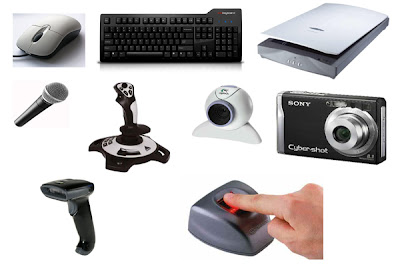Intel Corporation, a well known company that produces a lot
of computer chipsets particularly microprocessors that runs our computers and
various devices will be developing the Intel Next Generation Micro Architecture
Code Name Haswell. It has been known that Intel Corporation is spending a lot
of capital just to conduct research and experiment to develop a new technology
that would aid other investors to make their gadgets products runs fast and
durable. With durable and reliable gadget products you could attract consumers
to promote and buy these gadgets.
Intel Next Generation Processor Code Name Haswell
Code Name Haswell Next Generation Intel CPU technology will
probably introduce anytime this year during the IDF or Intel Developer Forum.
Intel Developer Forum is an event held twice a year where in people from
Technology Industry across the Globe gather and discusses latest advancement
about Intel products. This year will be the most exciting since a numerous of Technical
sessions will be hosted by Intel Corporation and I believe that Code Name Haswell will be on
top of the discussion.
Basic details about the significant improvements when it
comes to performance, energy consumptions enhancement for graphics and support
for a powerful new instructions for Code Name Haswell will be reveal. Haswell
has been identified to compete with other vendors microprocessors that are
currently used by other tablet PC’s. It is expected that you wouldn’t even
differentiate the unit that is equipped with Haswell if it is running on stanby
mode not, since energy efficiency is very much that great. If Intel will be
successful for this so called New Intel Next Generation Code Name Haswell
Processor, will this can alleviate issues in particular to notebooks and
ultrabooks as well. Not to mentioned Desktop PC’s and Servers.

+copy.png)


















